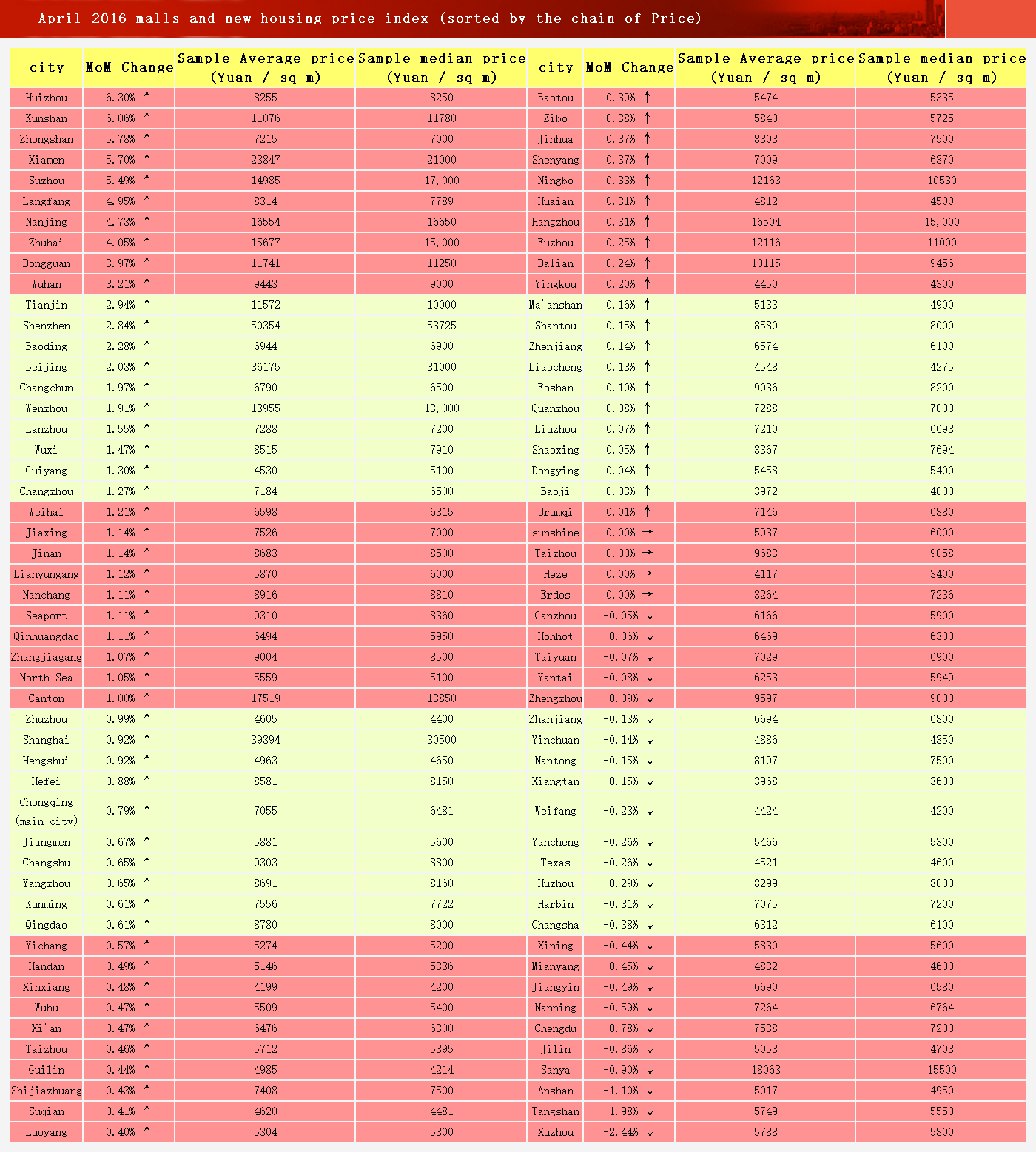Cross-posted from Investing in Chinese Stocks.
Xi Jinping spoke on Friday.
iFeng: 重磅!习近平谈楼市、股市、汇率、失业、货币政策
Meeting said that to implement the proactive fiscal policy and prudent monetary policy. This year the central economic work conference “proactive fiscal policy to intensify,” “flexible and prudent monetary policy to moderate” compared to the words last year, this year “to intensify,” and “to be flexible and appropriate” these five words are removed, in other words monetary and fiscal policy will not be as proactive as before.
Considering last year’s active policy led to devaluation in August, this either means we can expect worse later this year, or these comments can be ignored. Take your pick!
Recently, foreign investment banks Deutsche Bank released a report that China’s monetary policy and fiscal policy from the previous year or in the relatively relaxed adjusted to neutral. After the economy to show positive signals, China will be more focus on financial stability, the current slowdown in credit growth in the second half or in order to prevent long-term macroeconomic risks. Today, Xi Jinping pledged to maintain the healthy development of the stock market, it indicates the central importance of the stock market.
The RMB is stable, but also will depreciate:
However, due to the recent slowdown in US interest rates, exchange rate relative to the dollar sharply appreciated. Fu Billiton chief market analyst at FX Jameel Ahmad said that this may be a double edged sword, on the one hand short selling capital did not dare to stir up trouble, effectively resist the pressure of capital outflows and currency depreciation; the other hand, the appreciation of the RMB continuous passive, some degree will damage export competitiveness of Chinese goods.
Moneta macro analysis reports, after the Spring Festival this year, the central bank in setting the central parity of RMB against the US dollar, seems to embody a kind of “strategic devaluation” of intent, this idea has not changed. First, strong dollar, the central parity of RMB against the US dollar homeopathic down, but have dropped so CFETS control index remained stable; the second is a weaker dollar, the RMB against the US dollar central parity homeopathic increase, the increase rate control to achieve such CFETS index devalued; Third, dollar stabilize, the central parity of RMB against the US dollar change to a lesser extent, CFETS index movements depend on the performance of a basket of other currencies.
Victory is declared in first and second-tier cities with rising home prices, but third- and fourth-tier cities are still a problem:
Session to digest orderly real estate stock, which is a quarter of first-tier cities and some second-tier cities housing prices rose sharply not unrelated. In the third- four-tier cities with large inventories and without any signs of inventory reduction, the central ministries have to tighten policy again. For some time, will be given more emphasis on differentiation of real estate policy.
Sounds somewhat bearish for real estate investment growth.
Central Bank: From May 3, will be the foreign currency financing of cross-border integration of the full aperture of prudent macro management pilot extended to financial institutions and corporations nationwide. This will help control leverage and currency mismatch risks, to achieve integrated management of the foreign currency; avoid the original local currency, foreign currency management of cross-border financing, respectively, to adapt to different modes of additional costs caused.
Central Bank: combining financial regulatory reform, promoting recovery Provincial People’s Bank branch management system. Improve coordination committee branches operating mechanism, strengthen the overall direction and management of the branch. This means that the inter-provincial branch of the central bank supervision system implemented in 1998 will be significant changes.
Meanwhile, CREIS house price data for April has slowed to a 1.45 percent increase in April, following the 1.90 percent increase in March. The big difference was the diffusion: last month the top 10 cities’ home prices increased 2.52 percent, well ahead of the 100-city survey. In April, prices in the top 10 cities climbed 1.53 percent, in line with the national figure.
Speculative fever shifted out of the first-tier: Huizhou in Guangdong saw prices rise 6.30 percent, up from 6.05 percent last month.
Huizhou is east of Shenzhen and benefiting from the explosion in Shenzhen home prices. It’s also a tourist area with lots of waterfront property. From 2014: Huizhou, Zhuhai Become Ghost Towns; Tourist Areas Hit Hard By Real Estate Slump
As with the 2015 stock market rally, if this rise in home prices is sustainable, it points to much higher inflation. The pace of the price rise is not supported by economic growth or real wage growth.
100-City Survey: 2016年4月百城价格指数
Google Translated: April 2016 100 city price index


